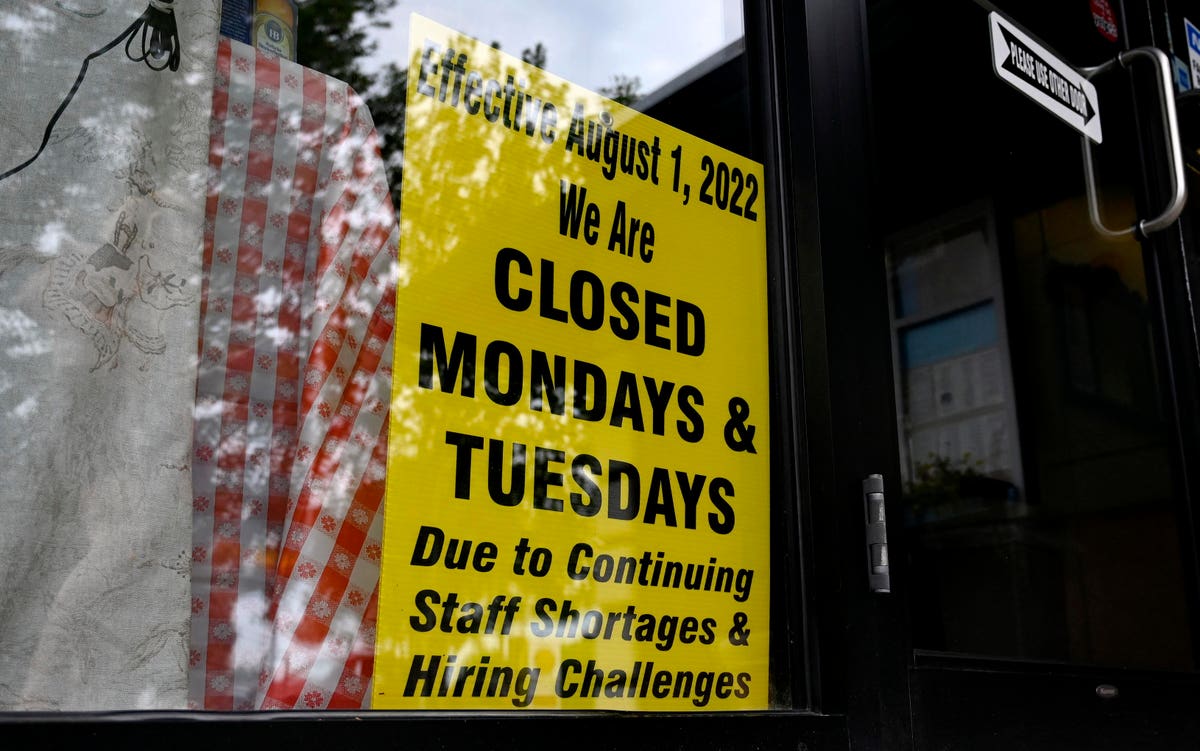Fewer people will be working by the end of the decade — and employers need to brace for a “forever” labor shortage.
It may feel like it’s gotten a bit easier to fill positions. However, this sudden switch in the labor market is only temporary.
The Bureau of Labor Statistics paints a stark picture, with the labor force participation rate expected to fall from 62.2% in 2022 to 60.4% in 2032. It was 63.3% before the Covid-19 pandemic and had generally been falling from a height of 67.4% in 2000.
Projected employment growth is driven by labor force growth, which is constrained by population growth.
In case you haven’t heard, baby boomers are retiring, and the number of Gen Z workers entering the labor force is smaller than previous generations.
What are companies doing in response?
Smart companies are holding onto their talent and focusing on employee retention. My best clients are creating workplaces where employees love to work and customers love to do business.
Employee cultures like the one I described take time to cultivate, which is why now is the time to act.
Many organizations are rethinking their job requirements. The focus is on skills over degrees alone. This happens often in the tech industry, where a skill or boot camp certificate can be enough for a job that an applicant might have generally filled with a four-year degree.
Now’s the time to review your job requirements and adjust where possible. Is a college degree a vital requirement for a receptionist position? Does a college intern, whom you are not paying, need to have three years of experience? I doubt it. These are the kinds of questions you should be asking yourself.
Employer brands will need to appeal to younger applicants, which will also benefit more mature workers. Pay and benefits must be competitive. But as important, companies need to dentify and provide workers with a career track they can follow, or they might leave for better opportunities. This approach applies to younger workers and experienced workers.
Consider offering workers a flexible schedule and the ability to work remotely, and don’t discount the impact positive feedback can have on employee retention.
Lastly, offer employees something few companies provide—outstanding leadership. Hire and promote the right people for management roles, and provide ongoing development opportunities to your management team to ensure they remain leaders worth following.
Read the full article here





